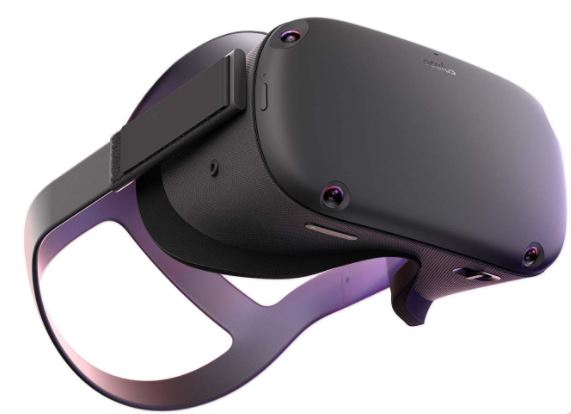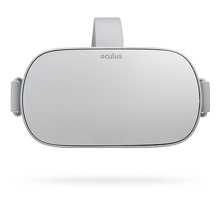Oculus Quest vs. Oculus Go: Which should you buy?
When it comes to VR headsets, we've used just about every single one, and one of the devices in this head-to-head is the future of VR.
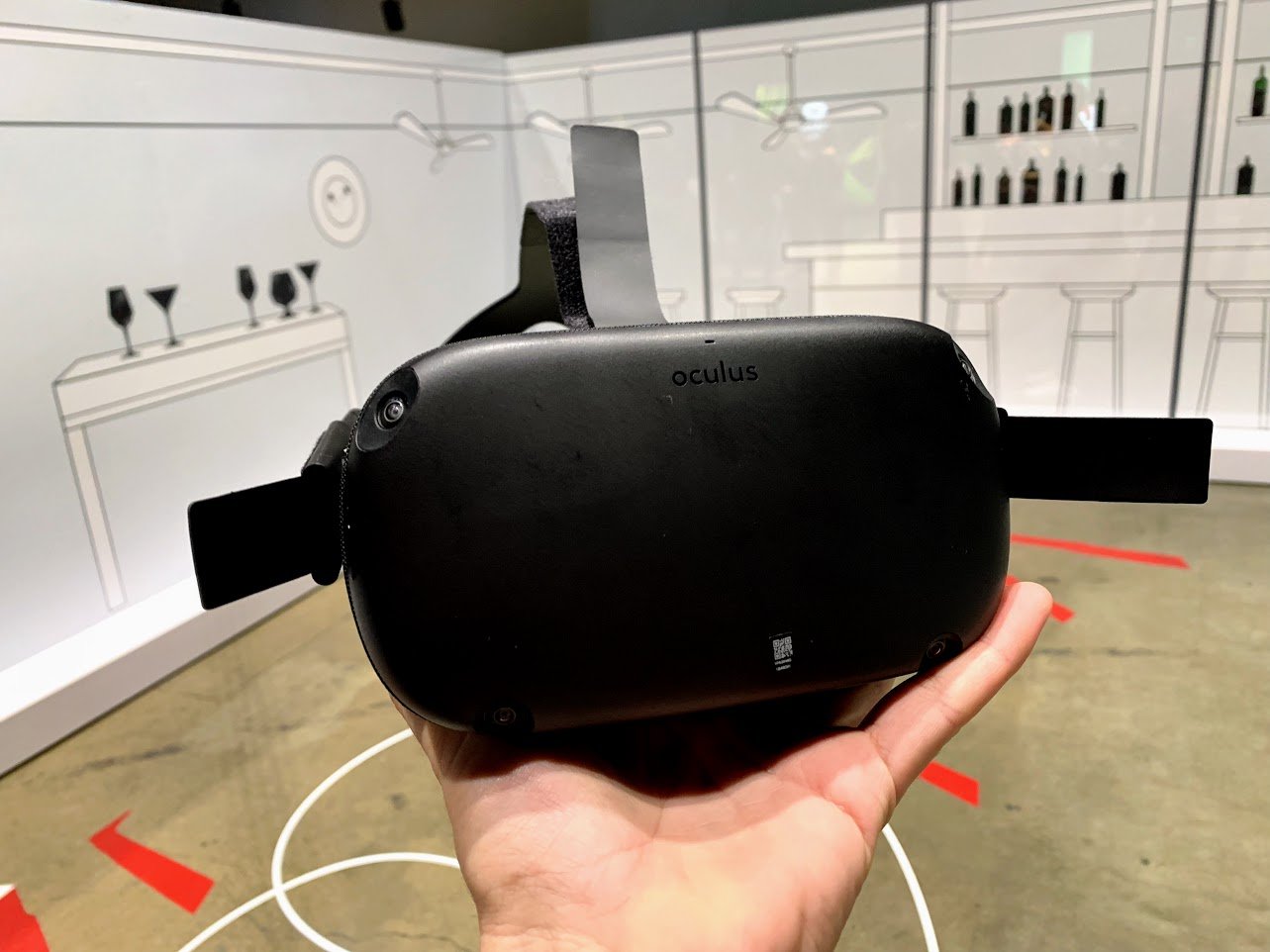

Truly immersive
The Oculus Quest is an immersive and untethered VR headset. Its combination of six degrees of freedom and Oculus Guardian tracking means you can run around, jump up and down, and maneuver throughout games without any wires or PC to slow you down.
Pros
- Supports six degrees of freedom
- Has two Touch controllers
- Supports Oculus Guardian tracking
- Has arena-scale tracking
- Doesn't require a PC
Cons
- Relatively high price tag
- Not as powerful as some similarly priced headsets

Budget friendly
The Oculus Go is a relatively inexpensive headset that provides a solid viewing experience for VR content and 360-degree videos. It also can be used for some light gaming.
Pros
- Relatively inexpensive
- Great for viewing videos
Cons
- Doesn't support six degrees of freedom
- Only supports one motion controller
While the Oculus Go and Oculus Quest are both made by Facebook and bring untethered VR to users, they aren't exactly direct competitors. You get what you pay for with these headsets. The Oculus Quest can do just about everything the Oculus Go can and significantly more. In fact, the Oculus Quest can now play several Oculus Go games.
Break it down now
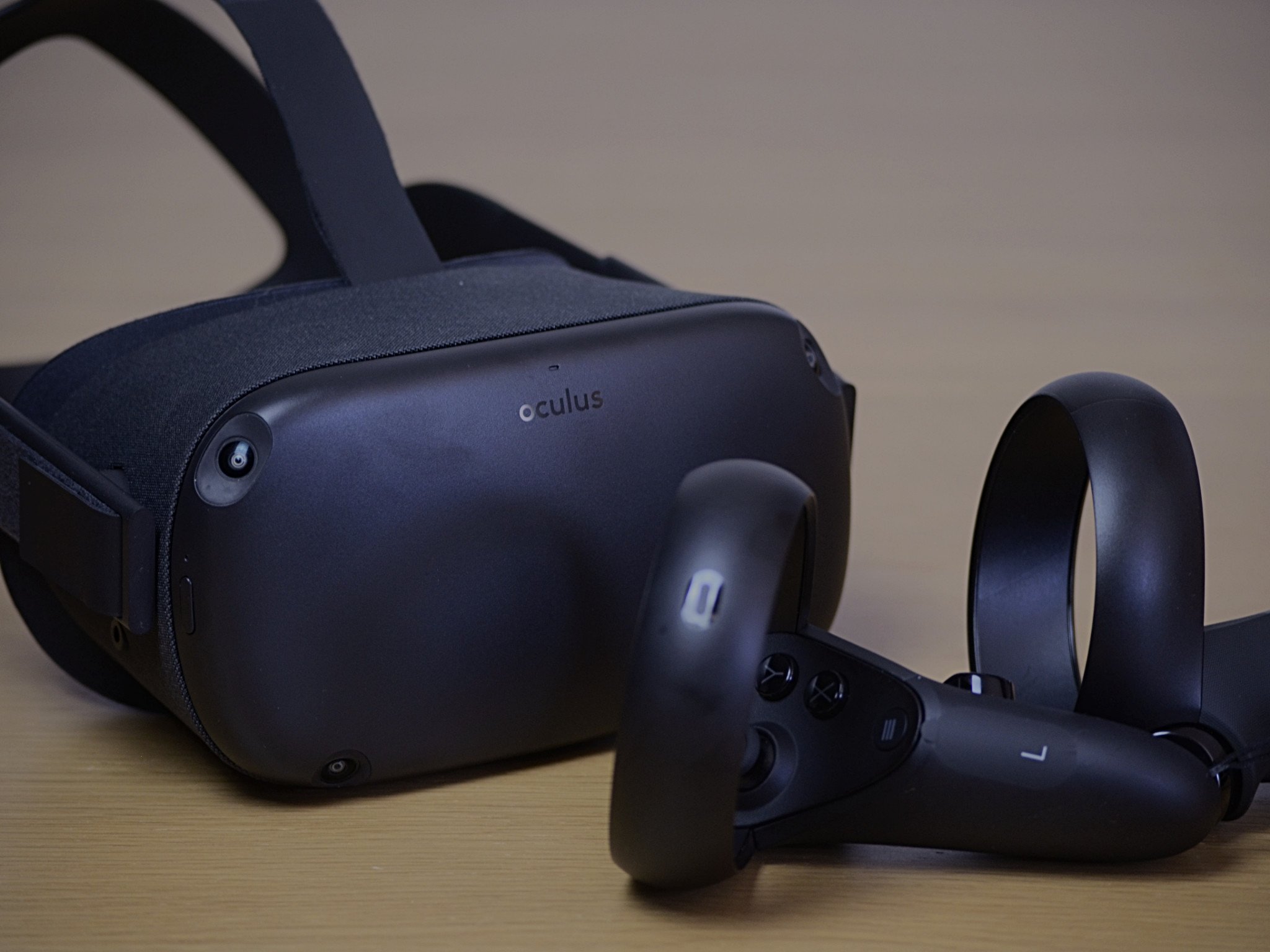
| Category | Oculus Quest | Oculus Go |
|---|---|---|
| Hand Controls | 2 hands | 1 hand |
| 6 degrees of freedom | Yes | No |
| Oculus Guardian tracking | Yes | No |
| Passthrough+ | Yes | No |
| Oculus Link | Yes (in beta) | No |
| Arena-scale tracking | Yes (in the future) | No |
| Hand tracking | Yes (in the future) | No |
The Oculus Quest, is more in direct competition with the Oculus Rift or Rift S. The Oculus Quest is less powerful than either version of the Oculus Rift but is more versatile when it comes to freedom of movement. The Oculus Quest is built for both video viewing and truly immersive gameplay. It also supports six degrees of freedom, meaning it can track your movements across multiple axes, including up/down, left/right, and forward/back. This helps create a more immersive environment for gaming. Headsets with six degrees of movement allow you to move around rooms to play games rather than just tilting your head.
The Oculus Go is a budget-friendly headset that's best used for watching videos, while the Oculus Quest is for actual gaming.
The Oculus Quest has two motion controllers that allow you to control gameplay and interact with the virtual environment. Being able to use two hands makes certain movements possible such as using a virtual bow and arrow or playing Beat Saber with both hands. It also supports guardian tracking, meaning it can map out an area and remember the boundaries that you set.
Oculus actively adds and develops new features for the Oculus Quest. Passthrough+ allows you to see the real world while you wear the Oculus Quest. If you pop your head outside of a boundary, you can see the world through the headset's cameras. The Quest supported a version of this at launch, but Passthrough+ significantly increases the quality of what you see. The Oculus Quest also gained support for several Oculus Go games in the same update.
In addition to new features that have already arrived, Oculus plans to roll out several major features in the future. Oculus Link allows you to connect your Oculus Quest to your PC and play PCVR games on the Oculus Quest. This feature is already available in beta. The Oculus Quest will also gain arena-scale tracking in the future, allowing players to play within a massive play area. Hand tracking is also on its way to the Oculus Quest, giving players another way to control games and VR.
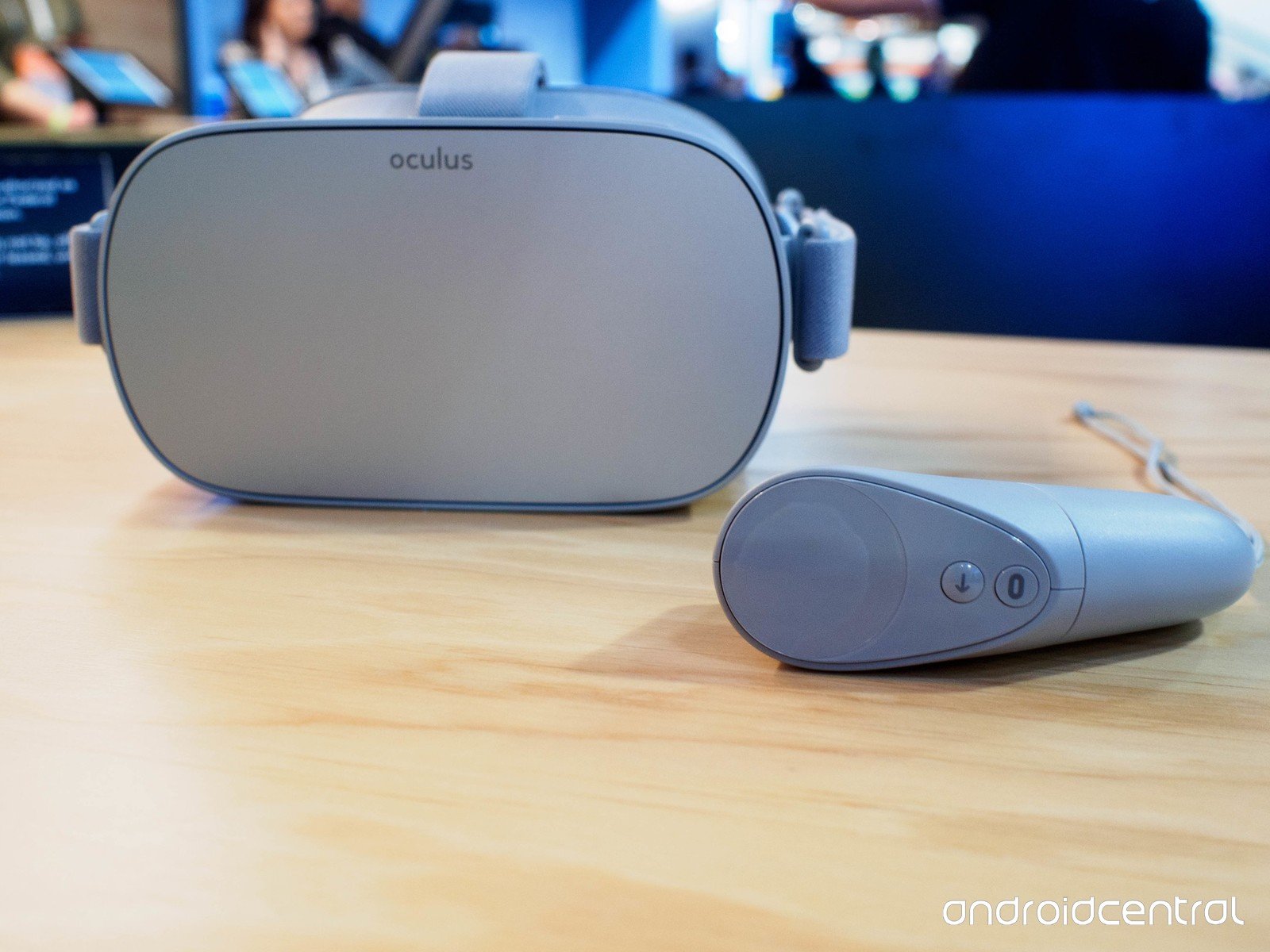
In contrast, the Oculus Go is a much more basic headset. It's an inexpensive entry-level headset geared more towards watching videos and light gaming. It's very similar to using a Gear VR, but it doesn't require a phone to be in the headset.
The headset that's best for you comes down largely to price and what you want to use it for.
It can track your head movements on the left/right and up/down axes but can't track your forward and backward movements. This makes it much less versatile for gaming since you're effectively stuck in one place, but it's great for 360-degree videos because you can scan your head around to watch the entire video. You can also use it to watch videos from YouTube or other mediums on a large virtual screen. It's like carrying a 70-inch television that you can place on your head.
All the latest news, reviews, and guides for Windows and Xbox diehards.
The Oculus Go only has one controller, and it's a less powerful touch controller. It's fine for navigating menus and light gaming, but it is significantly less useful than the two-handed setup of the Oculus Quest. However, it's more lightweight than the Quest, so you can easily take it with you on the go — hence the name.
Which one is for you?
The headset that's best for you comes down largely to price and what you want to use it for. The Oculus Go is half the price of the Oculus Quest and is good for watching videos because it creates either a large virtual screen or 360-degree videos that you can watch by moving your head around.
The Oculus Quest can do just about everything the Oculus Go can do and significantly more, including tracking a room, tracking your movements as you move around the room, and allowing you to use a controller in each hand. Oculus also continues to add features to the Oculus Quest, such as Oculus Link which is in beta and hand tracking which is on the way. The Oculus Quest comes at a higher price than the Oculus Go but if you want the best VR experience out of these devices, you should save up and purchase the Oculus Quest.

Sean Endicott is a tech journalist at Windows Central, specializing in Windows, Microsoft software, AI, and PCs. He's covered major launches, from Windows 10 and 11 to the rise of AI tools like ChatGPT. Sean's journey began with the Lumia 930, leading to strong ties with app developers. Outside writing, he coaches American football, utilizing Microsoft services to manage his team. He studied broadcast journalism at Nottingham Trent University and is active on X @SeanEndicott_ and Threads @sean_endicott_.
